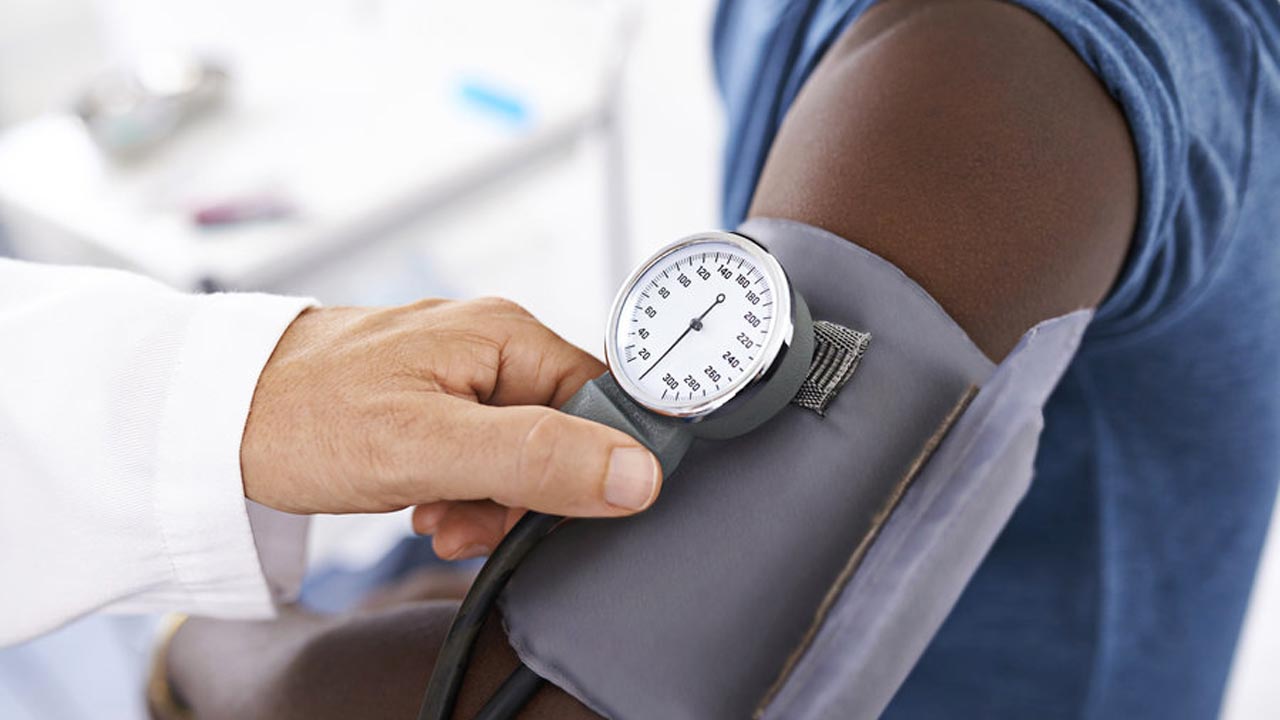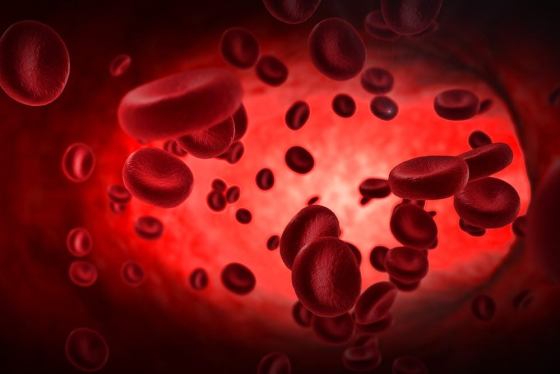. Brains make snap judgements before we even make a conscious decision about a person
. Researchers from Melbourne studied the electrical activity of people’s brains
. The pictures displayed images of food, social scenes, cars and money
. In a follow-up test, researchers showed participants the same pictures again
. This time, they asked questions about each image, such as how exciting they thought it was, or how strongly it made them think of the future
. Experts said they could then predict how exciting a person found an image
When meeting someone for the first time, many of us make instant judgements about their personality or their interests based on how they look and act. And now new research claims these judgements are made before we have even had time to form and gather our thoughts.
Researchers from Melbourne claim they can predict how someone feels when looking at an image from their brain waves – even when the participants weren’t conscious of this judgement.
BRAIN WAVES AND JUDGEMENTS
Researchers from Melbourne used electroencephalography technology (EEG) to measure the electrical activity of people’s brains while they looked at different pictures.
The pictures displayed images of food, social scenes or status symbols like cars and money. After the EEG, researchers showed participants the same pictures again and asked questions about each image, such as how exciting they thought the image was or how strongly the image made them think of either the present or the future.
A statistical ‘decoding’ technique was then used to predict the judgements participants made about each of the pictures from the EEG brain activity that was recorded.
The researchers said they could predict, from a participant’s brain activity, how exciting they found a particular image to be, and whether a particular image made them think more about the future or the present. The findings are particularly useful in establishing why and how people make impulsive decisions, and how in control of these decisions they are.
The research was carried out by lead authors Dr Stefan Bode, from the Melbourne School of Psychological Sciences, and Dr Carsten Murawski from the University of Melbourne Department of Finance.
‘We have found that brain activity when looking at images can encode judgments such as time reference, even when the viewer is not aware of making such judgments,' the researchers said. ‘Moreover, our results suggest that certain images can prompt a person to think about the present or the future.'
In particular, the researchers said they could predict, from a participant’s brain activity, how exciting they found a particular image to be, and whether a particular image made them think more about the future or the present.
This was true even though the brain activity was recorded before participants knew they were going to be asked to make these judgments. The authors said the results contributed to our understanding of impulsive behaviours, especially when those behaviours were caused by ‘prompts’ in the world around us.
For example, it could reveal what happens in the brain of a person who is trying to stop gambling, when they are shown a gambling advert on TV. ‘Our results suggest that even if this person is trying to ignore the ad, their brain may be unconsciously processing it and making it more likely that they will relapse,’ Dr Bode added.
Co-author Daniel Bennett said just as certain prompts might cause impulsive behaviour, images could be used to prompt people to be more patient by regulating impulse control. ‘Prompting people with images related to the future might cause processing outside awareness that could make it easier to think about the future.
‘In theory, this could make people less impulsive and more likely to make healthy long-term decisions. 'These are hypotheses we will try to test in the future,’ he said.
The research was completed in collaboration with the University of Cologne, Germany, and the findings are published in the journal PLOS One.
By VICTORIA WOOLLASTON
MAILONLINE
ABUJA: Training Schedule for Basic Life Support BLS, Pediatric Advanced Life Support (PALS), Advanced Cardiovascular Life Support ACLS, First Aid, CPR, AED
PORTHARCOURT: Training Schedule for Basic Life Support BLS, Pediatric Advanced Life Support (PALS), Advanced Cardiovascular Life Support ACLS, First Aid, CPR, AED
LAGOS: Training Schedule for Basic Life Support BLS, Pediatric Advanced Life Support (PALS), Advanced Cardiovascular Life Support ACLS, First Aid, CPR, AED





